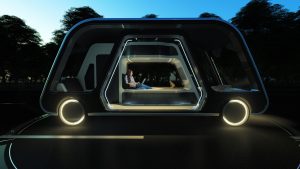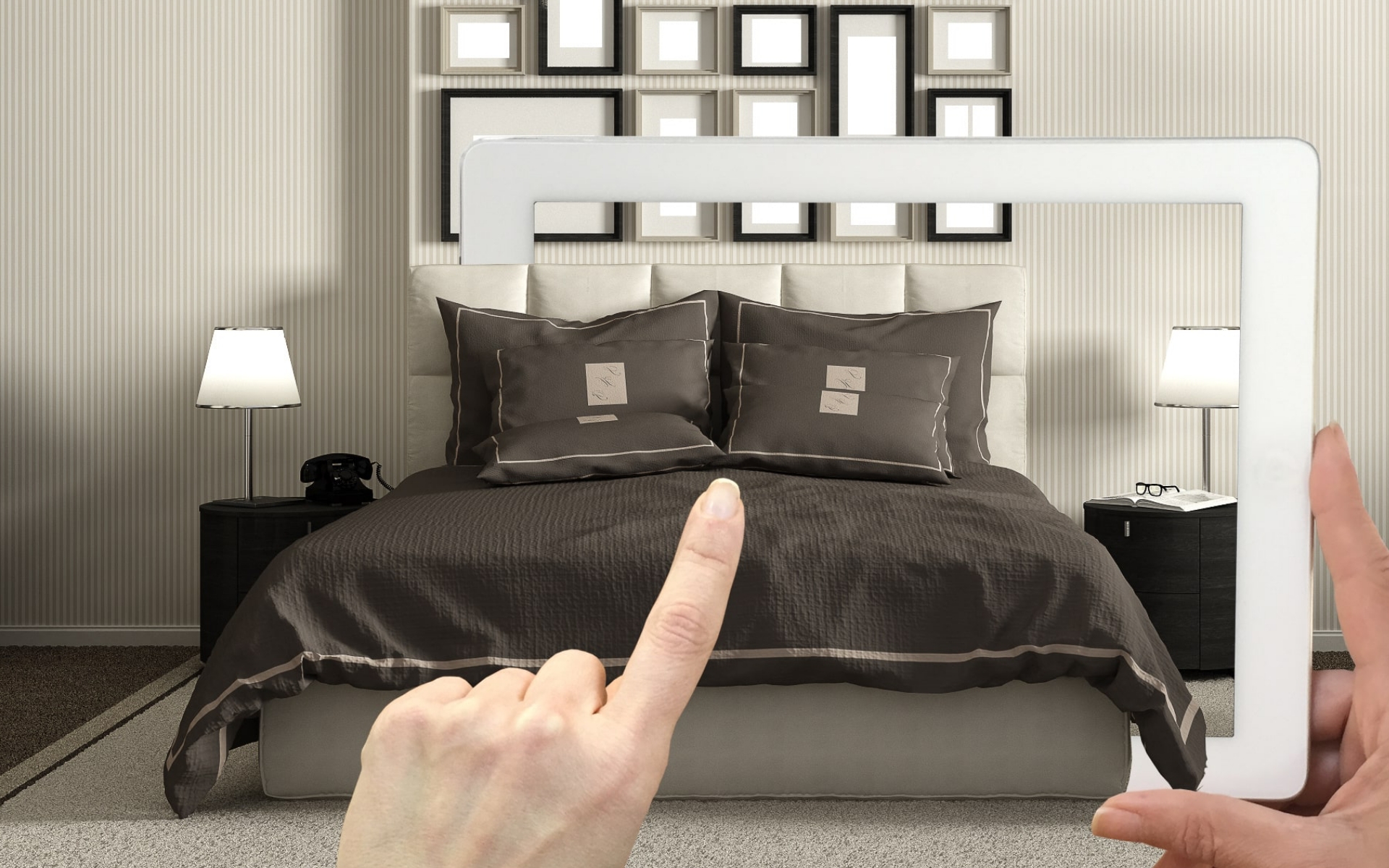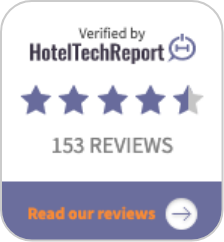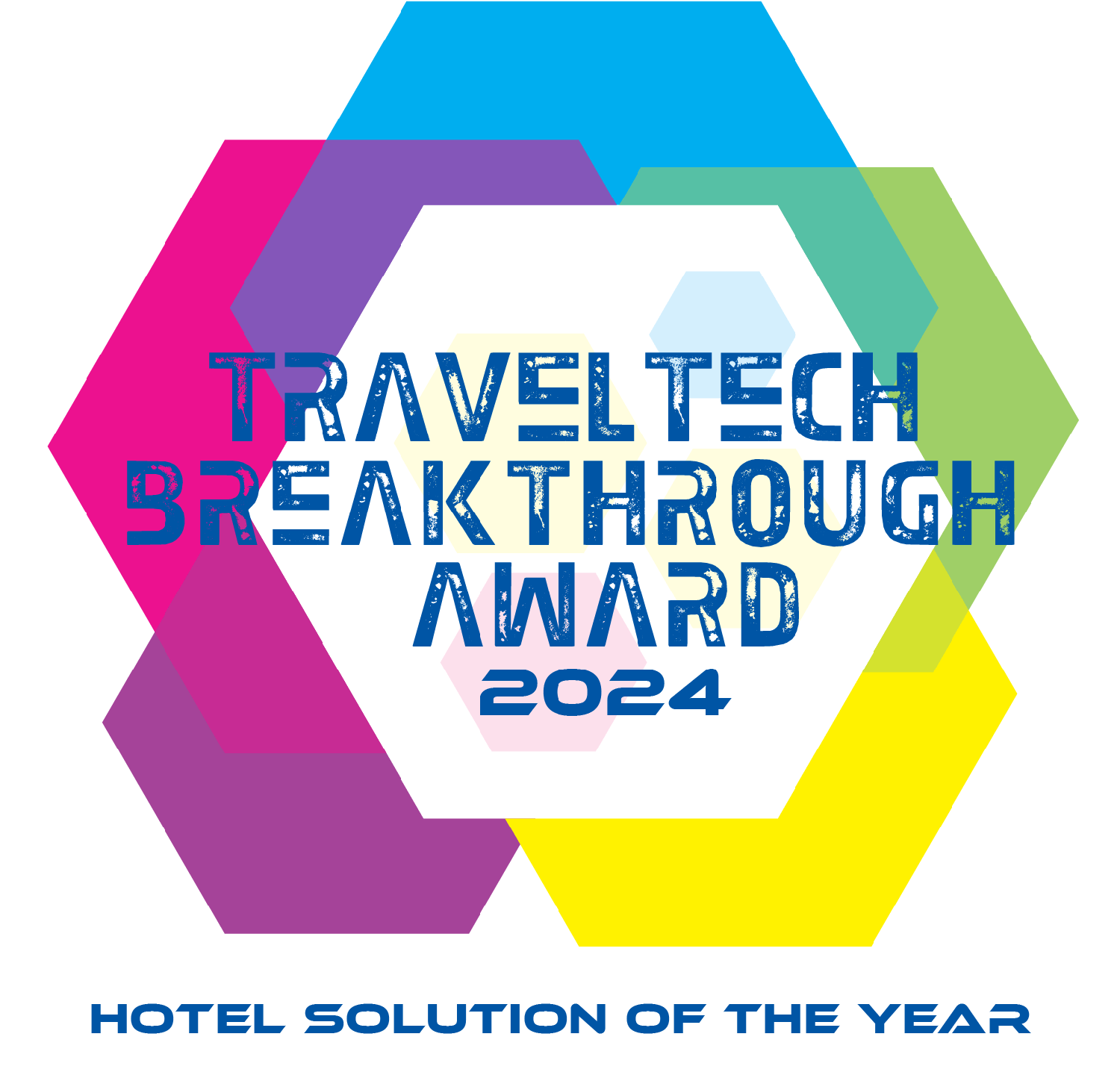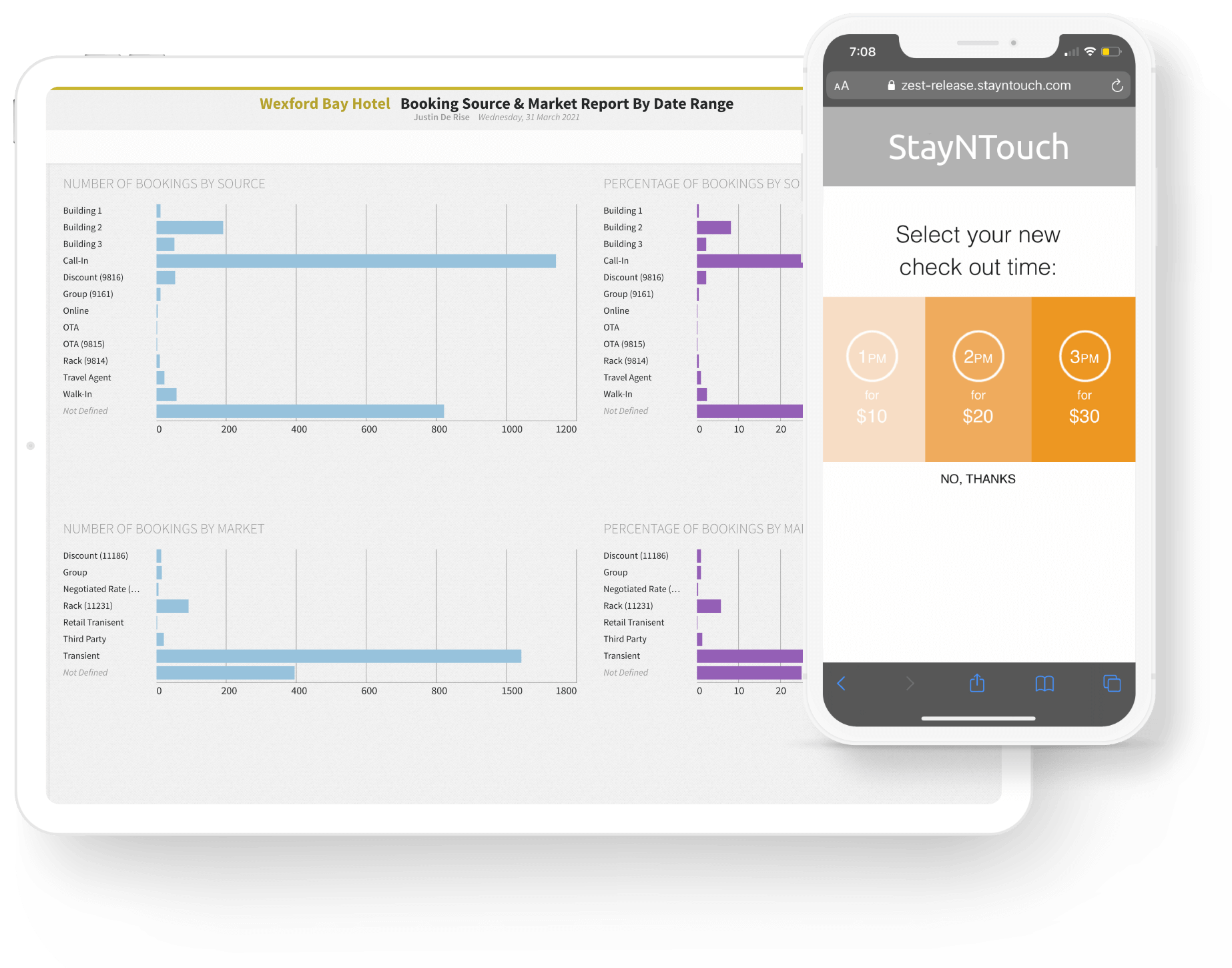A paper to be released by Sabre and Phocuswright has revealed that OTA’s remain the dominant booking force for hotels around the world. While the survey did highlight the popularity of old school booking methods that are still in favor in some countries, the message is clear: online travel agencies are, year on year, are increasing their customer base as much as their volume of business and hotels still have a lot of work to do in order to secure the supposed lower cost of customer acquisition through their direct web channels.
So why is it that OTAs continue to be the more popular booking method and/or what OTAs doing better than hoteliers in order to get more sales? And more importantly what can hoteliers do about it?
OTAs do have some competitive advantages over hoteliers – namely size and capital. In 2015 it was recorded that OTA’s collected a cool $16 billion in commissions (commissions hoteliers paid to sell rooms by companies (OTAs) that do not even own as much as one hotel property!). With money like this, one of the biggest differences between the OTAs and hotels is how much they spend annually on their marketing budgets. For example, Priceline spent an estimated $2.8 billion on marketing in 2015, while Marriott’s estimated annual marketing budget is about $100 million.
With a marketing budget of such proportions, OTAs can easily invest in certain areas more heavily than hoteliers – but hotels can also make sure they are doing everything in their power to compete, such as;
Invest In Search Marketing: Conversions aren’t necessarily everything. Most often, when people are looking for a hotel, they often start with a search engine and that’s one area where hotels could improve on.
Hotels that increase their paid search spend while also investing in on-going SEO efforts see measurable benefits. In one case study, a hotel took its paid search campaigns from dormant to 40,000 impressions over the course of six months and saw its organic search traffic ride a similar trajectory. In that case, the hotel’s organic traffic grew by 116% over the course of nine months, growing organic bookings initiated by 161%. (HeBS digital The Smart Hotelier’s 2016 Report)
Offer incentives: Hotels need to consider offering additional ancillary services or rewards to sweeten direct booking rates. Some hotels do so by offering perks like free breakfast or flexible check-in and out times or free Wi-Fi, as Hilton and Marriott do, or by offering small rewards or perks like Wyndham and Choice do.
Make it easy to book across devices: Smartphones and tablets are fast becoming the device of choice for travel bookings. During 2016, half of all online travel bookings were made on mobile devices; this is expected to increase to 70% by 2019. In addition, in late 2016 Google introduced “mobile-first indexing“ meaning regardless of what device the user is on, mobile-friendly websites now come first. So while your hotel’s website may look incredible on a desktop computer, if it looks bad on mobile, it’s unlikely Google will show it on page one (or three).
With that in mind it should be as easy as possible for your guests to book across devices; and those not optimized for mobile devices, are simply pushing prospective guests away.
Don’t forget about the guest experience: One area where hotels have a major advantage and upper hand over the OTAs is controlling the actual guest experience during their stay – it’s is one of the most effective ways to generate loyalty among customers.
Converting guests to loyal members means you can market to and incentivize them to book direct on their return visit with exclusive offers they could not otherwise purchase via OTAs.
While some hoteliers might have a policy to give OTA bookers the smallest room, down the furthest corridor with little or no perks, with OTAs growing dominance, it’s more important than ever to stay with the customer through every step of the guest experience. You never know when a small suggestion could make a big difference, in both revenue and loyalty.

